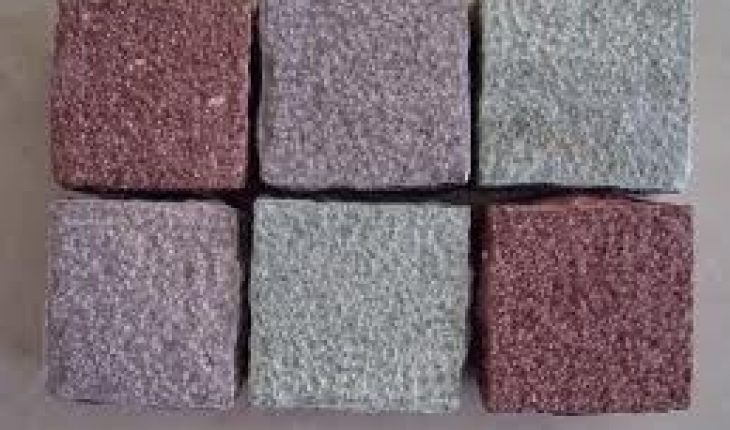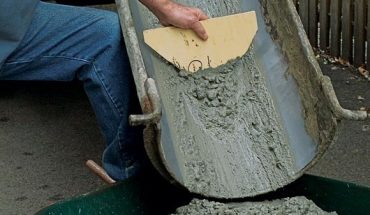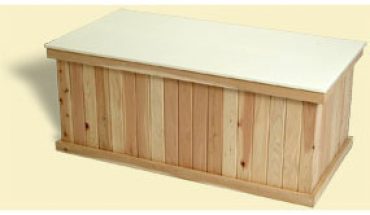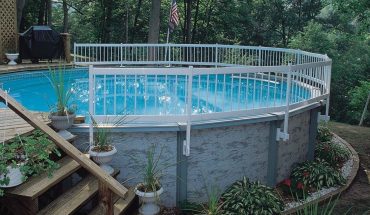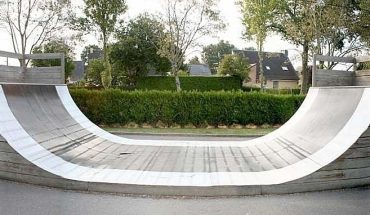Sandstone is made up of silica cemented sand that occurs naturally and is usually white, red, yellow, or green. Sandstone blocks are large pieces of stone that can be further chiseled to make tiles, statues, slabs, monuments, or repositories and may or may not have been finished with a polished, honed, flamed, natural, or calibrated look. Over the past decade, the demand for sandstone blocks has continued to increase due to its look and feel.
Sandstone Block Properties
Sandstone’s composition is very similar to sand’s as it is primarily made up of quartz (93-95%). The natural cement that is used to bind the sand together as a rock can be calcium, silica, carbonate, or iron oxides. Sandstone is highly resistant to thermal impact, acids, and alkalis and are insoluble in acids and alkalis. The stone is formed as sand is buried underneath layers of sediment that compacts the sand prior to it becoming bound. The stone’s properties allow it to be shaped and chiseled for both indoor and outdoor construction and for ornamental sculptures and monument creation. Additionally, the following properties have made it popular for constructing walls: it is fine grained, compact, hard, has good compressive strength, has a low absorption rate (less than 1 % for water), is non-slippery, and is fireproof.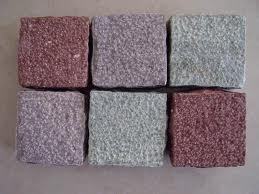
What are the Applications for Sandstone Blocks?
Sandstone blocks or its products are used in many ways, including making garden ornaments and furniture, garden obelisks, statues, urns, intricate fountains, plinths, lamps, planters, and walls. Nowadays, sandstone is used in wall construction in order to give buildings a classic look, whereas in the past it was used to construct temple, castle, and fort walls.
How to Take Care of Sandstone
A common misconception about sandstone is that since it is a hard stone, it needs minimal care. This is not true, however, as the porous nature of the stone makes it susceptible to chemical stains and discoloration. When the stone is used for indoor counter tops, the following precautions should be taken in order to maintain the stone and to preserve the construction’s intended appearance:
1 – Dust the stone using an untreated dry dust mop.
2 – Ensure that any cleaner used on the stone does not contain lemon or acid as this can accidentally etch the stone’s surface.
3 – Use warm water to clean the stone regularly with a sponge or a mop.
4 – Do not use acidic cleaners as they may cause the sandstone counter tops’ polished surface to diminish.
5 – All cleaners used on sandstone should be neutral. Gout or tub and tile cleaners should be avoided.
6 – Avoid using scouring powders on the stone as they may contain abrasive material that can damage the stone.
7 – Exercise care when using a vacuum cleaner near sandstone as its attachments can scratch the sandstone’s surface.

